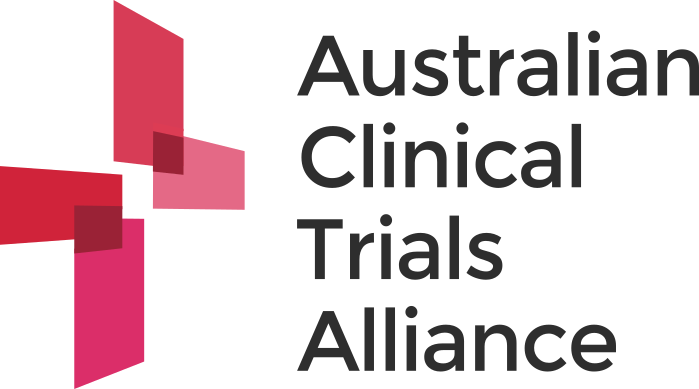Current Good Clinical Practice guidelines are bureaucratic and should align with less burdensome examples of international trial policy.
ACTA congratulates Tanya Symons (University of Sydney), ACTA Chair Prof. John Zalcberg OAM, and Deputy Chair Prof. Steve Webb for their recent article published in the Medical Journal of Australia on Good Clinical Practice (GCP).
The ICH GCP guideline was developed to harmonise the conduct of clinical trials across world regions and, since the mid‐1990s, its core principles have provided the bedrock for trial conduct. However, the devil is in the detail and, in the case of the ICH GCP guideline, that detail (and the interpretation of each word) has far‐reaching consequences.
The guidelines have been revised in 2016 but many critics have called for a more extensive overhaul. This has been heeded with plans for a “renovation” of GCP but will take years to implement. With trials already so mired in bureaucracy, we need interim solutions.
The article illustrates some of the shortcomings of the ICH GCP guideline in the hope that a better understanding of these shortcomings will deter policy writers from making full compliance with the ICH GCP guidelines mandatory. It also showcases less burdensome provisions and interpretations of the ICH GCP guideline found in regulations and guidelines from the United States, Europe and Australia.
Some of the current guideline shortcomings include:
- Informed consent
- Indiscriminate safety reporting
- The pursuit of data accuracy rather than reliability
Clinical trials must be conducted in ways that protect participants and produce reliable results. Hence, ACTA supports the "renovation" of the ICH GCP guidelines to improve the efficiency of clinical trial enterprise. ACTA's work on GCP training for Statisticians contributes to a better understanding of interpreting GCP requirements.
Note: The full article is accessible to AMA members and paid subscribers or log in to Wiley Online Library to access the full version of this article.

